The PMG001 is a highly integrated module designed for efficient management of single-cell Li-Po battery systems. It incorporates various essential ICs to address all aspects of power management, including battery charging, switch/button power on/off behavior, undervoltage and overvoltage protection, flexible voltage measurement, battery current measurement, and temperature monitoring. Additionally, it features a microcontroller for programming custom behaviors, ensuring comprehensive management of single-cell rechargeable battery systems.
Main components on the module and their datasheets:
Component | Reference | |||||
Microcontroller | ||||||
ADC | ||||||
Voltage monitor/reset circuit | ||||||
Battery output MOSFET | ||||||
Current sensor | ||||||
Battery charger | ||||||
3.3V regulator | ||||||
Temperature sensor | ||||||
ADS1015 I2C Address - 0x48
INA219 I2C Address - 0x40
TMP102 I2C Address - 0x49
 Erik@EDrTech
Erik@EDrTech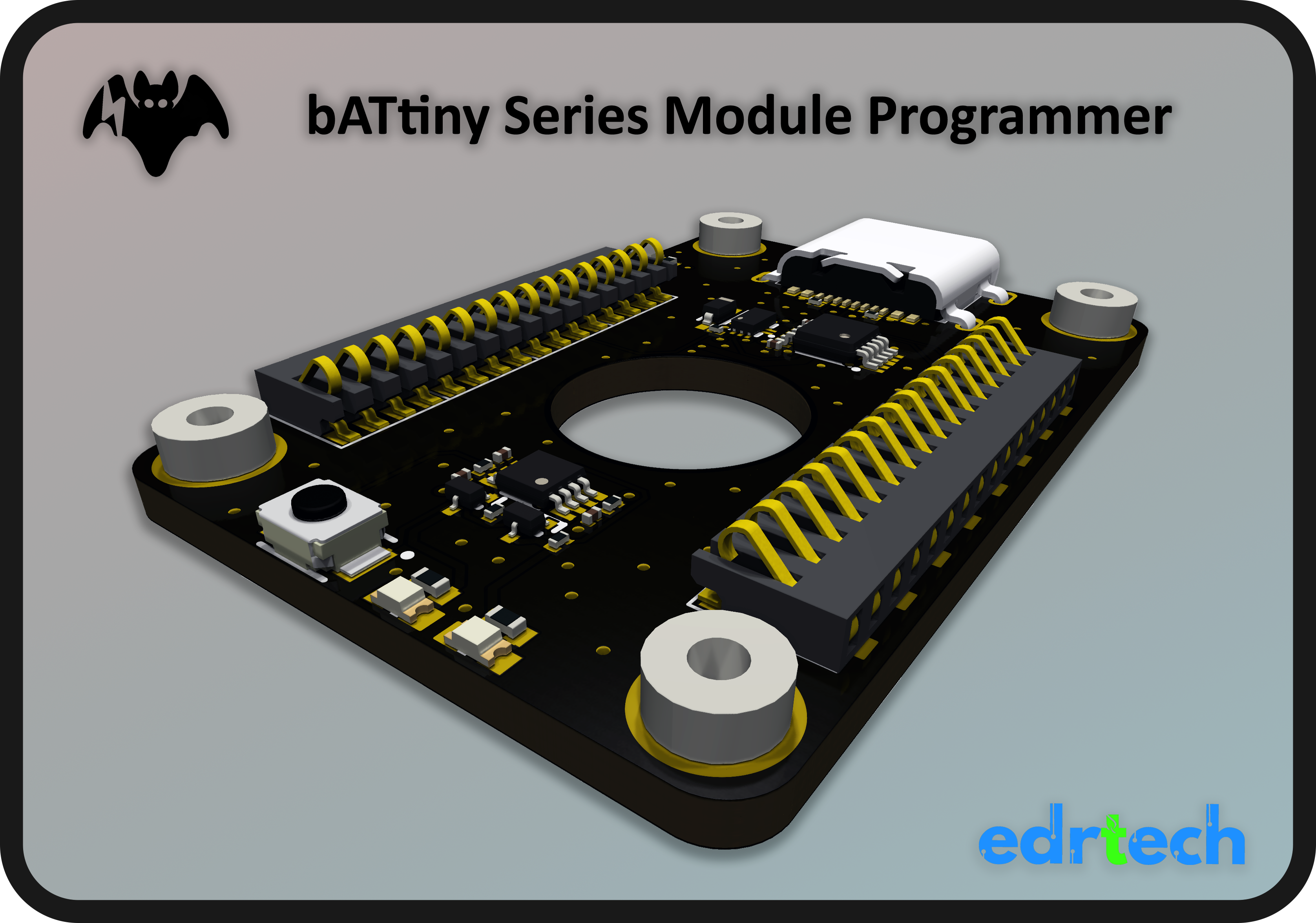
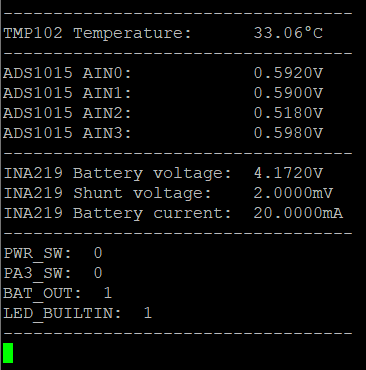
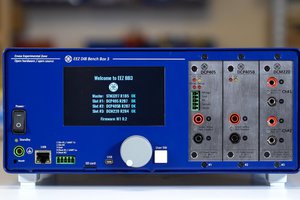
 Denis
Denis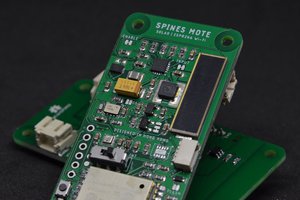
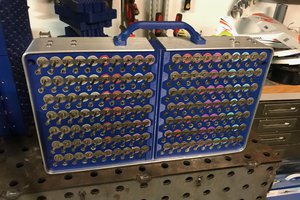
 Ampeater
Ampeater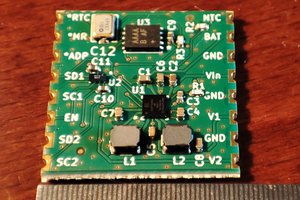
 Leonard Pollak
Leonard Pollak